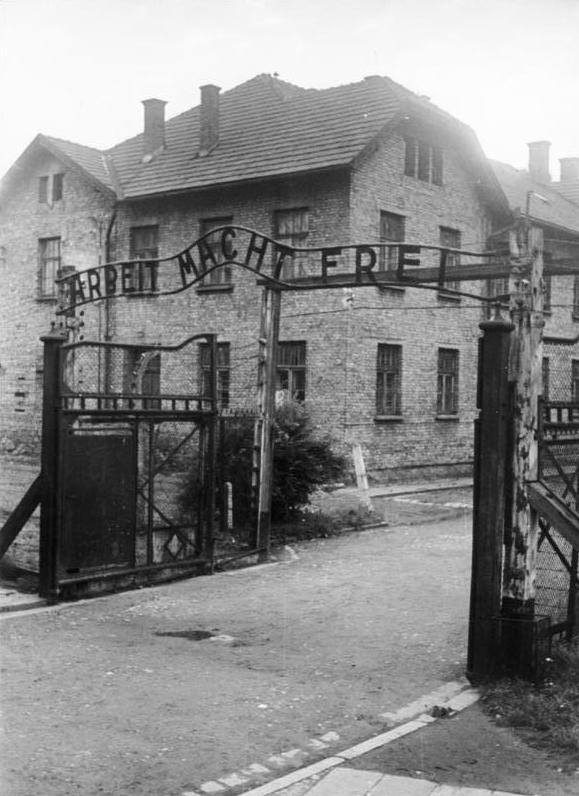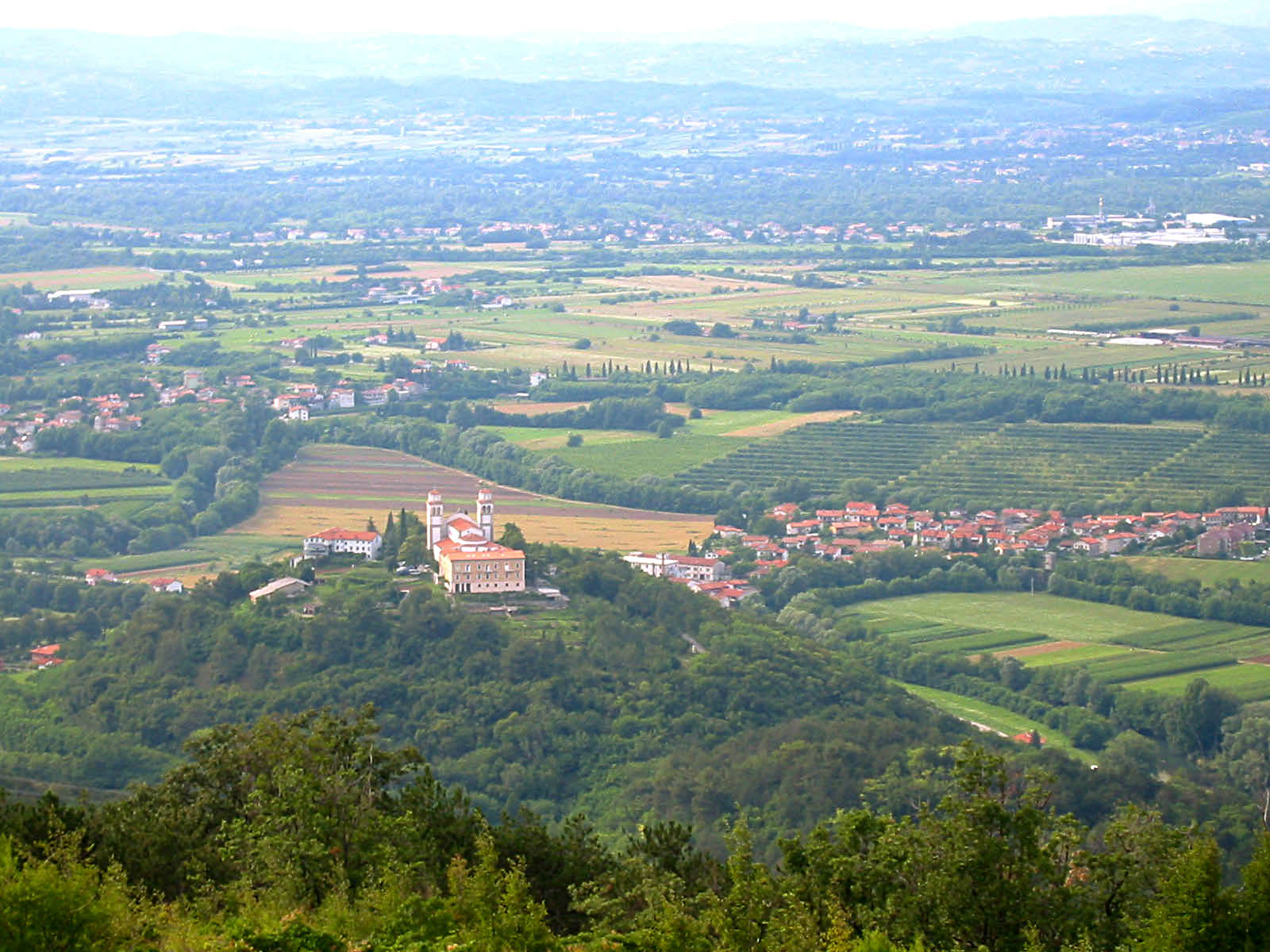|
Alexander Kasza
'' Feldwebel'' Alexander Kasza (1896 – February 1945) was an Austro-Hungarian World War I flying ace credited with six aerial victories.The Aerodrome websitRetrieved 23 January 2018. Early life Alexander Kasza was born in 1896 in Stara Moravica, Bácskossuthfalva, Hungary, Austro-Hungarian Empire.The town is now located in Serbia. Military service After joining the military in 1915, Kasza first served in the 86th Infantry Regiment before transferring to the Air Service. While rendering service in the Balloon Section in 1915, he finished a pilot's training course. He was so talented the school kept him on as an instructor. Kasza would not see action until he was assigned to Flik 55J on the Isonzo Front as a fighter pilot in late 1917. At various times, he used both an Albatros D.III and a Phönix D.II fighter. The latter aircraft had three white bands encircling its fuselage marking his position in his flight, as well as a Maltese cross on its rudder. His personal insi ... [...More Info...] [...Related Items...] OR: [Wikipedia] [Google] [Baidu] |
Stara Moravica
Stara Moravica ( sr-cyr, Стара Моравица; hu, Bácskossuthfalva or ; german: Alt-Morawitza) is a village located in the Bačka Topola municipality, in the North Bačka District of Serbia. It is situated in the Autonomous Province of Vojvodina. The village has a Hungarian ethnic majority and its population numbering 5,699 people (2002 census). Etymology Its name has changed many times throughout history: or 20 versions can be listed. The story begins with the settlements of the Avar period: Okor, Omar, then Omarica, Omaricsa, Omorovics, Omarocsa. The name Omorovica appeared in Turkish times. Similar versions were included until the turn of the century: Omorovicza, Bács-Omorovicza, Ómorovicza. From 1907 Kossuthfalva and from 1912 Bácskossuthfalva was the official name of the villag History Between 1782 and 1786, Hungarians settled in Stara Moravica. Geography It is situated halfway between Belgrade and Budapest in a geographical region of Bačka. Map coordin ... [...More Info...] [...Related Items...] OR: [Wikipedia] [Google] [Baidu] |
Albatros D
An albatross is one of a family of large winged seabirds. Albatross or Albatros may also refer to: Animals * Albatross (butterfly) or ''Appias'', a genus of butterfly * Albatross (horse) (1968–1998), a Standardbred horse Literature * Albatross Books, a German publishing house that produced the first modern mass market paperback books * Albatros Literaturpreis, a literary award * "L'albatros" (poem) ("The Albatross"), 1859 poem by Charles Baudelaire * '' The Albatross'', a 1971 novella by Susan Hill * ''The Albatross'', the fictional propeller-sustained airship in Jules Verne's novel '' Robur the Conqueror'' * ''Albatross'' (novel), a 2019 novel by Terry Fallis Film and television * Films Albatros, a French film production company which operated between 1922 and 1939 * ''Albatross'' (2011 film), a British film * ''Albatross'' (2015 film), an Icelandic film * Albatross (Monty Python sketch), a sketch from ''Monty Python's Flying Circus'', first appearing in 1970 * " ... [...More Info...] [...Related Items...] OR: [Wikipedia] [Google] [Baidu] |
Austro-Hungarian World War I Flying Aces
Austria-Hungary, often referred to as the Austro-Hungarian Empire,, the Dual Monarchy, or Austria, was a constitutional monarchy and great power in Central Europe between 1867 and 1918. It was formed with the Austro-Hungarian Compromise of 1867 in the aftermath of the Austro-Prussian War and was dissolved shortly after its defeat in the First World War. Austria-Hungary was ruled by the House of Habsburg and constituted the last phase in the constitutional evolution of the Habsburg monarchy. It was a multinational state and one of Europe's major powers at the time. Austria-Hungary was geographically the second-largest country in Europe after the Russian Empire, at and the third-most populous (after Russia and the German Empire). The Empire built up the fourth-largest machine building industry in the world, after the United States, Germany and the United Kingdom. Austria-Hungary also became the world's third-largest manufacturer and exporter of electric home appliances, electr ... [...More Info...] [...Related Items...] OR: [Wikipedia] [Google] [Baidu] |
People From Bačka Topola
A person ( : people) is a being that has certain capacities or attributes such as reason, morality, consciousness or self-consciousness, and being a part of a culturally established form of social relations such as kinship, ownership of property, or legal responsibility. The defining features of personhood and, consequently, what makes a person count as a person, differ widely among cultures and contexts. In addition to the question of personhood, of what makes a being count as a person to begin with, there are further questions about personal identity and self: both about what makes any particular person that particular person instead of another, and about what makes a person at one time the same person as they were or will be at another time despite any intervening changes. The plural form "people" is often used to refer to an entire nation or ethnic group (as in "a people"), and this was the original meaning of the word; it subsequently acquired its use as a plural form of p ... [...More Info...] [...Related Items...] OR: [Wikipedia] [Google] [Baidu] |
1945 Deaths
1945 marked the end of World War II and the fall of Nazi Germany and the Empire of Japan. It is also the only year in which nuclear weapons have been used in combat. Events Below, the events of World War II have the "WWII" prefix. January * January 1 – WWII: ** Germany begins Operation Bodenplatte, an attempt by the ''Luftwaffe'' to cripple Allied air forces in the Low Countries. ** Chenogne massacre: German prisoners are allegedly killed by American forces near the village of Chenogne, Belgium. * January 6 – WWII: A German offensive recaptures Esztergom, Hungary from the Russians. * January 12 – WWII: The Soviet Union begins the Vistula–Oder Offensive in Eastern Europe, against the German Army. * January 13 – WWII: The Soviet Union begins the East Prussian Offensive, to eliminate German forces in East Prussia. * January 16 – WWII: Adolf Hitler takes residence in the ''Führerbunker'' in Berlin. * January 17 ** WWII: The Soviet Union occupies Warsaw, Polan ... [...More Info...] [...Related Items...] OR: [Wikipedia] [Google] [Baidu] |
1896 Births
Events January–March * January 2 – The Jameson Raid comes to an end, as Jameson surrenders to the Boers. * January 4 – Utah is admitted as the 45th U.S. state. * January 5 – An Austrian newspaper reports that Wilhelm Röntgen has discovered a type of radiation (later known as X-rays). * January 6 – Cecil Rhodes is forced to resign as Prime Minister of the Cape of Good Hope, for his involvement in the Jameson Raid. * January 7 – American culinary expert Fannie Farmer publishes her first cookbook. * January 12 – H. L. Smith takes the first X-ray photograph. * January 17 – Fourth Anglo-Ashanti War: British redcoats enter the Ashanti capital, Kumasi, and Asantehene Agyeman Prempeh I is deposed. * January 18 – The X-ray machine is exhibited for the first time. * January 28 – Walter Arnold, of East Peckham, Kent, England, is fined 1 shilling for speeding at (exceeding the contemporary speed limit ... [...More Info...] [...Related Items...] OR: [Wikipedia] [Google] [Baidu] |
Order Of Vitéz
The Order of Vitéz ( hu, Vitézi Rend; frequently spelled in English as 'Vitez') is a Hungarian order of merit which was founded in 1920. It was awarded as a state honour from 1920 to 1944, and continues as a semi-independent order of chivalry under Captain General vitéz József Károly von Habsburg. During World War II, many members of the Hungarian government and military were members of the Order; as such, members were involved in both contributing to the Holocaust as well as leading efforts against it. The United States Department of State lists the Order of Vitéz as having been "under the direction of the Nazi Government of Germany", like the French Police at the time. The Order of Vitéz has several successors; one, the Order of Vitéz under Captain General vitéz József Károly von Habsburg, is recognised by the International Commission on Orders of Chivalry as an "Institution of Chivalric Character". Name The Hungarian word ''Vitéz'' is of medieval Slavic origi ... [...More Info...] [...Related Items...] OR: [Wikipedia] [Google] [Baidu] |
Reconnaissance
In military operations, reconnaissance or scouting is the exploration of an area by military forces to obtain information about enemy forces, terrain, and other activities. Examples of reconnaissance include patrolling by troops ( skirmishers, long-range reconnaissance patrol, U.S. Army Rangers, cavalry scouts, or military intelligence specialists), ships or submarines, crewed or uncrewed reconnaissance aircraft, satellites, or by setting up observation posts. Espionage is usually considered to be different from reconnaissance, as it is performed by non-uniformed personnel operating behind enemy lines. Often called recce (British, Canadian and Australian English) or recon (American English), the word for this activity has at its root the associated verb ''reconnoitre'' or ''reconnoiter''. Etymology The word from the Middle French ''reconoissance''. Overview Reconnaissance conducted by ground forces includes special reconnaissance, armored reconnaissance, amph ... [...More Info...] [...Related Items...] OR: [Wikipedia] [Google] [Baidu] |
Flight
Flight or flying is the process by which an object moves through a space without contacting any planetary surface, either within an atmosphere (i.e. air flight or aviation) or through the vacuum of outer space (i.e. spaceflight). This can be achieved by generating aerodynamic lift associated with gliding or propulsive thrust, aerostatically using buoyancy, or by ballistic movement. Many things can fly, from animal aviators such as birds, bats and insects, to natural gliders/parachuters such as patagial animals, anemochorous seeds and ballistospores, to human inventions like aircraft (airplanes, helicopters, airships, balloons, etc.) and rockets which may propel spacecraft and spaceplanes. The engineering aspects of flight are the purview of aerospace engineering which is subdivided into aeronautics, the study of vehicles that travel through the atmosphere, and astronautics, the study of vehicles that travel through space, and ballistics, the study of the flight of ... [...More Info...] [...Related Items...] OR: [Wikipedia] [Google] [Baidu] |
Isonzo Front
The Battles of the Isonzo (known as the Isonzo Front by historians, sl, soška fronta) were a series of 12 battles between the Austro-Hungarian and Italian armies in World War I mostly on the territory of present-day Slovenia, and the remainder in Italy along the Isonzo River on the eastern sector of the Italian Front between June 1915 and November 1917. Italian military plans In April 1915, in the secret Treaty of London, Italy was promised by the Allies some of the territories of Austro-Hungarian Empire which were mainly inhabited by ethnic Slovenes and Austrian Germans. Italian commander Luigi Cadorna, a staunch proponent of the frontal assault who claimed the Western Front proved the ineffectiveness of machine guns, initially planned breaking onto the Slovenian plateau, taking Ljubljana and threatening Vienna. The area between the northernmost part of the Adriatic Sea and the sources of the Isonzo River thus became the scene of twelve successive battles. As a result, t ... [...More Info...] [...Related Items...] OR: [Wikipedia] [Google] [Baidu] |
Hungary
Hungary ( hu, Magyarország ) is a landlocked country in Central Europe. Spanning of the Carpathian Basin, it is bordered by Slovakia to the north, Ukraine to the northeast, Romania to the east and southeast, Serbia to the south, Croatia and Slovenia to the southwest, and Austria to the west. Hungary has a population of nearly 9 million, mostly ethnic Hungarians and a significant Romani minority. Hungarian, the official language, is the world's most widely spoken Uralic language and among the few non- Indo-European languages widely spoken in Europe. Budapest is the country's capital and largest city; other major urban areas include Debrecen, Szeged, Miskolc, Pécs, and Győr. The territory of present-day Hungary has for centuries been a crossroads for various peoples, including Celts, Romans, Germanic tribes, Huns, West Slavs and the Avars. The foundation of the Hungarian state was established in the late 9th century AD with the conquest of the Carpat ... [...More Info...] [...Related Items...] OR: [Wikipedia] [Google] [Baidu] |

_1938.jpg)

.jpg)



